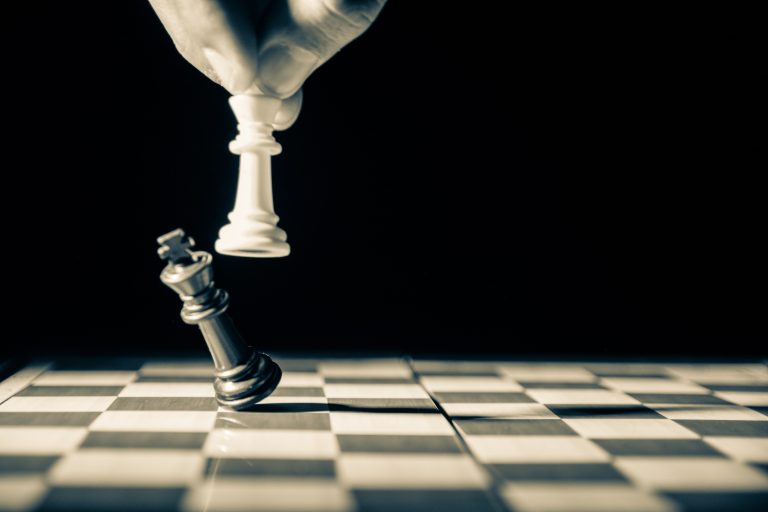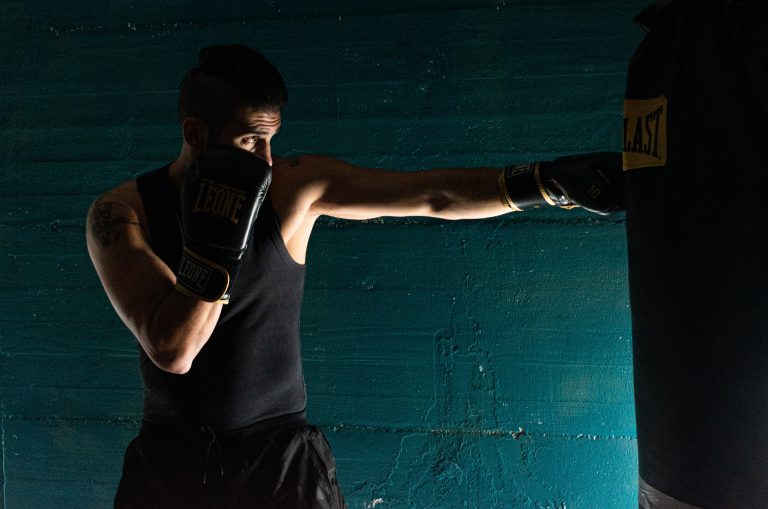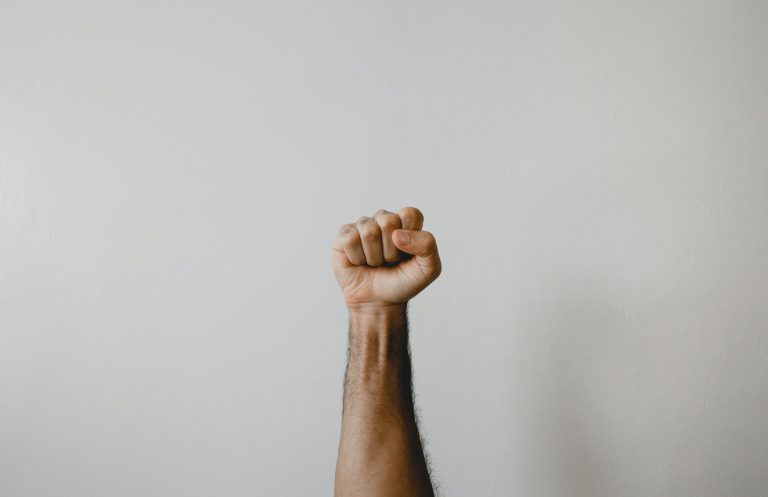Die Regeln des Karate-Kata
Karate-Kata ist eine Abfolge von Techniken, die in einer bestimmten Reihenfolge ausgeführt werden müssen. Es wurde entwickelt, um das Verständnis der Kampfkunst und die Fähigkeit des Kämpfers zu verbessern. Es ist wichtig, die Regeln des Karate-Kata zu verstehen, um die richtige Technik und Bewegung auszuführen.
1. Ausführung der Techniken
Die Techniken müssen korrekt ausgeführt werden. Das bedeutet, dass die Positionen, Bewegungen und Atmung genau befolgt werden müssen. Jede Bewegung muss fließend und koordiniert sein. Der Fokus sollte auf der Ausführung der Technik statt auf der Geschwindigkeit oder Kraft liegen.
2. Haltung und Blick
Die Haltung ist ein wichtiger Teil des Karate-Kata. Der Körper muss stabil und ausbalanciert sein. Die Arme und Hände müssen in der richtigen Position sein. Der Blick sollte nach vorne gerichtet sein und der Kämpfer sollte sein Ziel im Auge behalten.
3. Atmung
Die Atmung ist bei Karate-Kata sehr wichtig. Der Kämpfer sollte tief atmen und sich auf die Ausatmung konzentrieren. Dies hilft dabei, sich zu konzentrieren und die Atmung während der komplexen Bewegungen aufrechtzuerhalten.
4. Geschwindigkeit und Kraft
Geschwindigkeit und Kraft sollten nicht das Hauptaugenmerk beim Karate-Kata sein. Der Fokus sollte auf der Technik und Koordination liegen. Geschwindigkeit und Kraft sollten nur dann eingesetzt werden, wenn sie sinnvoll sind oder wenn der Kämpfer ausgebildet ist.
5. Emotionen und Haltung
Während der Ausführung des Karate-Kata ist es wichtig, eine angemessene mentalen Einstellung zu haben. Der Kämpfer sollte sich auf seine Technik und Ausführung konzentrieren und nicht von Emotionen abgelenkt werden. Die Haltung sollte respektvoll und bescheiden sein.
Fazit
Die Kenntnis der Regeln des Karate-Kata ist unerlässlich, um die korrekte Technik und Ausführung zu gewährleisten. Eine korrekte Ausführung kann nur durch geduldiges Training und hartes Arbeiten erreicht werden. Wer diese Regeln beachtet, kann sich viel verbessern und seine Fähigkeiten in der Kampfkunst immer weiter steigern.
Die Regeln des Karate-Kata: The Most Frequently Asked Questions
Karate-Kata is an integral part of the martial art of Karate. The term Kata refers to the formal exercises, which consist of a sequence of techniques performed in a specific order against an imaginary opponent. Kata can be thought of as a set of movements that simulate a real fight, which is used to teach the principles and techniques of karate.
If you are interested in Karate or are a budding karateka, you might wonder about the rules that govern Karate-Kata. Below are some of the most frequently asked questions that will give you a better understanding of the rules of Karate-Kata.
What Is the Meaning of Karate-Kata?
Kata is a Japanese term that means „form“ or „model.“ Karate-Kata is a sequence of techniques and movements in a specific order that represents a formal system of self-defense. It is designed to develop muscle memory, coordination, balance, speed, and strength. The form must be precise, demonstrating the correct stance, posture, and positioning of the body.
What Are the Benefits of Karate-Kata?
Karate-Kata offers many benefits to practitioners. Some of the benefits include:
- Developing muscle memory and coordination
- Improving balance, speed, and strength
- Teaching the principles and techniques of karate
- Building stamina and endurance
- Providing a means of self-defense
What Are the Basic Rules of Karate-Kata?
Karate-Kata has several basic rules that must be followed to ensure that the form is executed correctly. These rules include:
- Correct Stance and Posture: The karateka must maintain the correct stance and posture throughout the entire form. The stance should be firm, and the posture should be upright, with the head held high.
- Technique Accuracy: The karateka must perform each technique with precision, demonstrating correct form and execution.
- Timing and Rhythm: The karateka must maintain the correct timing and rhythm throughout the form, executing each technique in sync with the others.
- Facing Direction: The karateka must face the correct direction when executing each technique, ensuring that the movements are executed in the right order.
- Correct Breathing: The karateka must maintain the correct breathing pattern throughout the form, inhaling and exhaling at the appropriate times.
What Are the Different Kinds of Karate-Kata?
There are many different kinds of Karate-Kata, each with their unique sequences of techniques and movements. Some of the most popular Karate-Kata forms include:
- Heian Shodan
- Heian Nidan
- Heian Sandan
- Heian Yondan
- Heian Godan
- Bassai Dai
- Kanku Dai
- Empi
- Jion
- Gankaku
What Is the Role of the Judge in Karate-Kata Competitions?
In Karate-Kata competitions, a judge is responsible for determining if the karateka has demonstrated the correct execution of the form. The judge will evaluate the karateka based on their posture, technique accuracy, timing and rhythm, facing direction, and breathing. Points are awarded for each element that the karateka executes correctly. The karateka with the highest score is declared the winner.
What Is the Most Essential Requirement for Karate-Kata?
The most essential requirement for Karate-Kata is practice. A karateka must practice the form repeatedly until it becomes second nature. Practicing Karate-Kata helps to develop muscle memory, coordination, balance, speed, and strength. It is essential to perform the form with precision, maintaining correct stance and posture, executing each technique with accuracy, and maintaining the correct timing and rhythm.
How to Get Started in Karate-Kata?
The best way to get started in Karate-Kata is to find a qualified instructor. A qualified instructor will teach you the principles and techniques of Karate and guide you through the process of learning Karate-Kata. Find a reputable dojo or karate school in your area and ask if they offer Karate-Kata classes.
The Bottom Line
Karate-Kata is a fundamental aspect of Karate that offers many benefits to practitioners. By following the basic rules and practicing regularly, you can develop muscle memory, coordination, balance, speed, and strength while learning the principles and techniques of Karate. Whether you are interested in Karate for self-defense or competition, Karate-Kata is an essential part of your training that you cannot overlook.
Inhaltsverzeichnis






